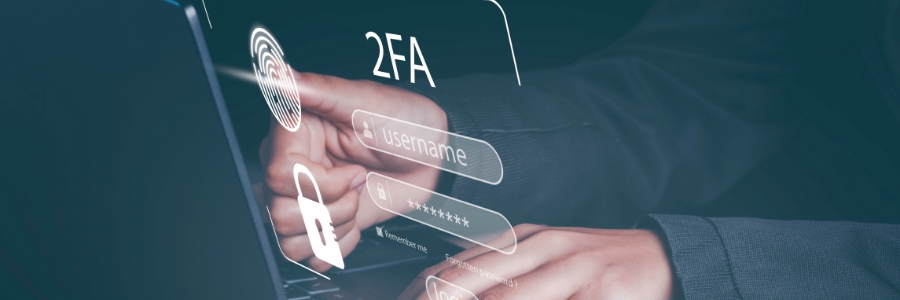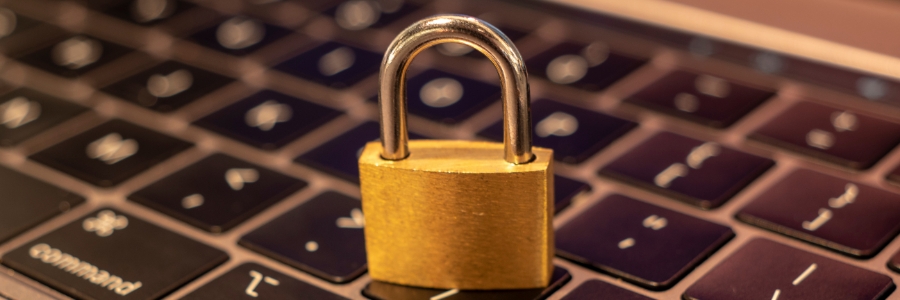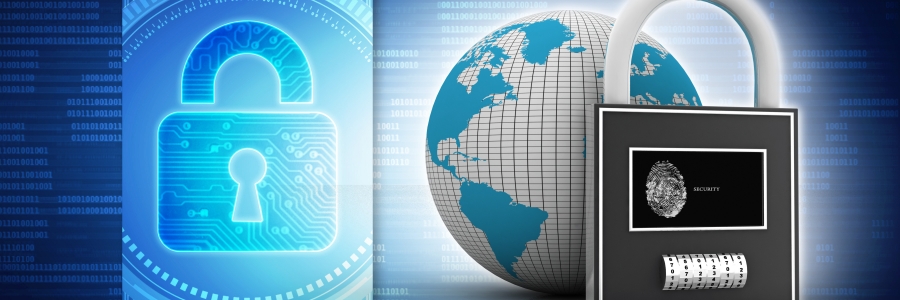The digital realm is teeming with risks that can compromise business data. Thankfully, a variety of tools and technologies are available for your company to fortify its cybersecurity. Two-factor authentication (2FA) and two-step verification (2SV) are among the most effective methods for bolstering your defenses against attackers.
Fortifying your business with two-factor authentication and two-step verification
How to keep your Mac secure when you’re not using it
Essential factors to think about when selecting a VPN service
Protecting your SMB from cyberattacks: Know your enemy
The stealthy intruder: Understanding fileless malware
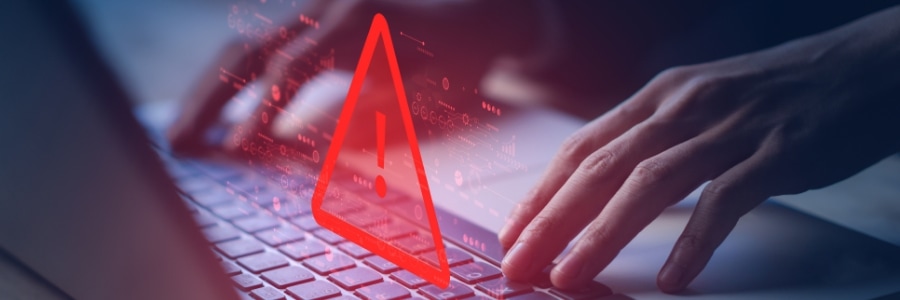
In recent years, the cybersecurity landscape has witnessed a rapid evolution of malicious tactics, and fileless malware has emerged as a prominent weapon in the arsenal of cybercriminals. By leveraging legitimate tools and processes present on targeted systems, fileless malware bypasses traditional security measures, leaving security professionals scrambling to find effective countermeasures.
Verifying apps on your Android device

There are plenty of applications available for download on Android devices due to their popularity, but not all apps are created equal. Some may contain malware or pose security risks, potentially compromising your device and privacy. This is why it’s vital to take the time to verify apps before installing them — here’s how.
5 BYOD security tips every business should know
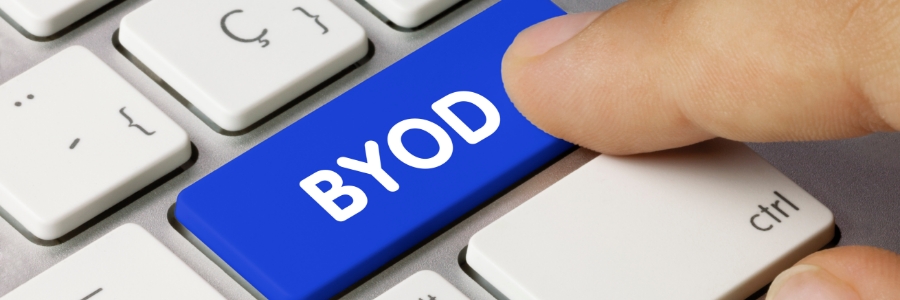
With the rise of remote work, bring your own device (BYOD) has become more prevalent, allowing employees to use their personal devices for work. But this flexibility introduces new security challenges for companies. The use of personal devices to access work-related data may expose sensitive information to potential threats.
Uncovering the risks of password autofill
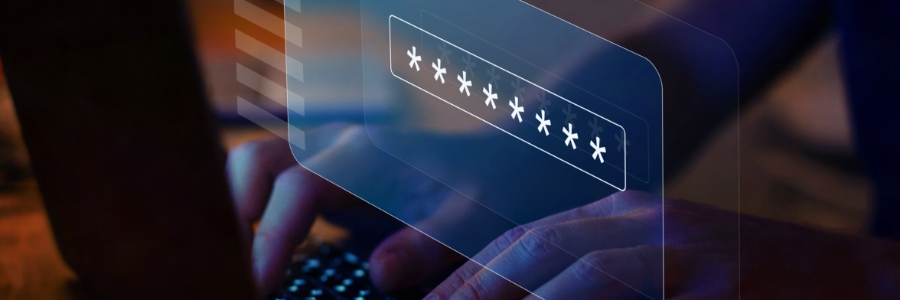
Convenience reigns supreme in the digital age, and password autofill is a major part of that. But what many people don't realize is that using this feature can actually put their personal data at risk. By understanding why password autofill is so dangerous, you can take steps to safeguard your sensitive information from malicious hackers.
Understanding your enemies: The 5 types of hackers that will attack your business
The importance of IoT security in healthcare

As the healthcare industry continues to be revolutionized by the Internet of Things (IoT), medical devices need steadfast protection from malicious cyberattacks, data breaches, and unauthorized access in order to safeguard patient information. In this article, you’ll learn useful tips on how to keep your IoT devices safe from these threats.
